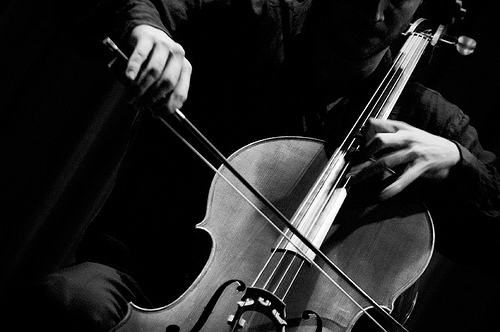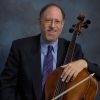
100 Cello Warm-Ups and Exercises Blog 1: Summer Preview
Robert Jesselson
If scales and arpeggios are the building-blocks of our musical universe, then exercises work at the atomic level. They focus on just one small part of our technique. Isolated from the musical context of a piece of music, they enable us to concentrate on the meta-technique underlying our left hand and bow techniques. By concentrating on this aspect of our playing, they can help us to address limitations in our technique. By doing isometrics or coordination exercises, or focusing on vibrato in the abstract, we can put our attention on basic problems which may be ignored when dealing with the larger musical and technical issues involved in learning a piece of music.
Exercises, such as the ones in this Blog, are a regular feature of most teachers’ stockpile of tools for teaching and improving our playing. There are several excellent books with cello exercises, including those by Cossman and Bunting, and almost all method books contain some exercises. The Feuillard “Daily Exercises” is my Cello Bible, and I use it with my students from Day One. This Blog is presented in the spirit of Feuillard, augmented with videos and photos that would not have been possible before the Internet.
We use the word “play” as in “playing the cello” – but there is very little “playing around” involved in our practice sessions. It is serious business. We try to maximize the limited time we have by working efficiently and effectively. However, I think that there is some room for the original meaning of the word “play” in our practice sessions. Children learn by playing, and I think that we all can spend a bit of time “playing” – meaning discovering more about the instrument and its possibilities. Some of the exercises in this Blog may help you discover your playful self. Spending a few minutes a day warming up and exploring the cello can be healthy, useful and creative.
I look forward to starting this blog series “100 Cello Warmups and Exercises” soon, and hope that you will be along for the journey!
Subjects: Practicing, Technique
